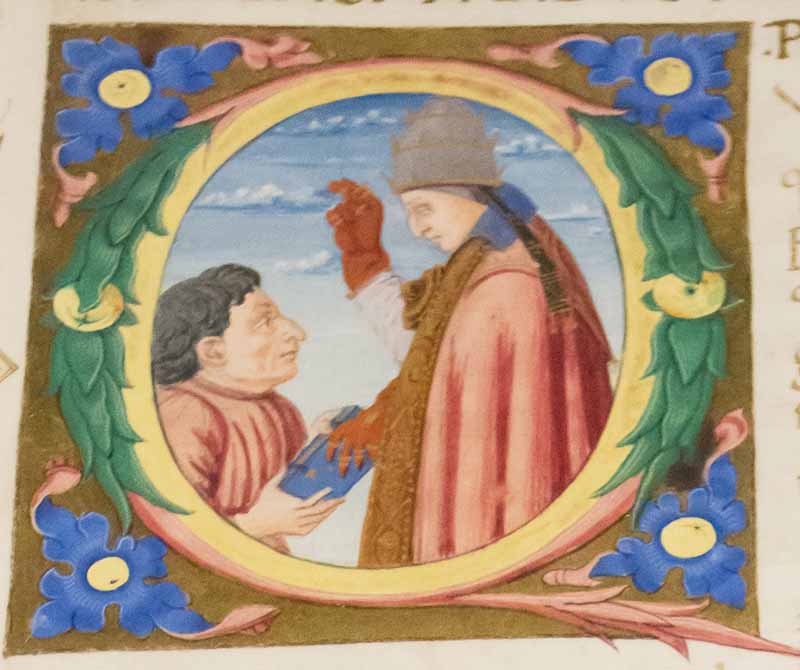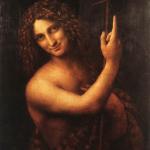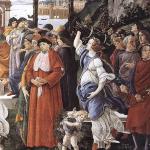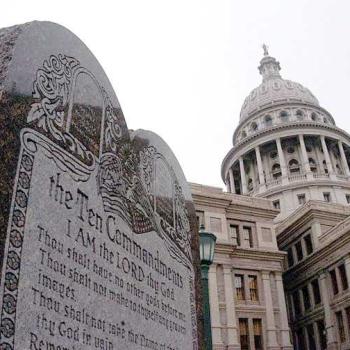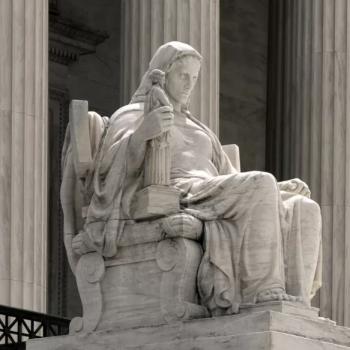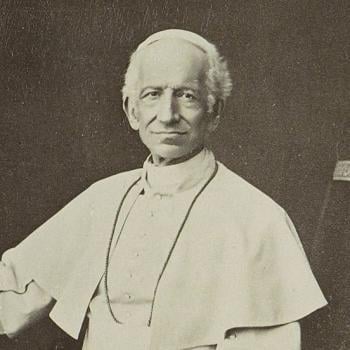The Renaissance popes made Rome what it is today. In spite of its previous existence as the magnificent capital of the Roman Empire, medieval Rome was barely a city at all. Historians tell us that the Rome of the Middle Ages was little more than linked villages clustered around the Tiber River. The remnants of earlier Roman civilization — the Colosseum, the Pantheon, the Forum — were long abandoned except as quarries for building material. Farm animals and homeless humans took shelter in crumbling, overgrown ruins. The Renaissance popes made Rome a real city again.
Our story begins when Rome was arguably at its lowest point. Pope Gregory XII resigned in 1415, which ended a chaotic period of multiple popes. The Next Pope, Martin V, arrived in Rome in 1420. Pope Martin V found the city “so dilapidated and deserted that it bore hardly any resemblance to a city … neglected and oppressed by famine and poverty.” When Marvin V attempted some improvements to the decaying Basilica of St. John Lateran — the Pope’s own cathedral — he did so with marble and mosaics looted from other churches in Rome.
Books and Buildings: Pope Nicholas V
By “Renaissance Popes” I don’t just mean the popes who lived during the Renaissance but those who embodied the Renaissance. The first and one of the greatest of the Renaissance popes was Nicholas V, who reigned from 1447 to 1455. Nicholas V came into the papacy with a love for Roman antiquity and the arts. And he was an ardent book collector. Before becoming pope, he said that books and buildings were the only things worth spending money on. He is chiefly remembered as the founder of the Vatican Library, but he did much more.
Pope Nicholas V first turned his attention to Rome’s long-neglected infrastructure, rebuilding fortifications and paving roads. Among his many projects was the restoration of the Aqua Virgo aqueduct, renamed the Acqua Vergine. This aqueduct had originally been built during the reign of Caesar Augustus; it is still in use today. Nicholas V rebuilt several churches and restored, at least in part, many of Rome’s crumbling landmark buildings. And it was Nicholas V who first made the refurbished Vatican Palace the chief residence of Popes
At the same time, Nicholas V brought to Rome many translators and scriptores, who copied books by hand before the invention of printing. He wanted especially to make available better Latin translations of the classic Greek literature. This was a big shift in attitude from that of his papal predecessors, who denounced the pagan “literature of the damned.” He sent emissaries all over Europe to look for rare manuscripts to bring to Rome. Nicholas V wanted to create a library that would bring together all the learned works of western civilization, and not just Christian works. Under Nicholas V, Rome became a magnet for artisans and scholars.
Nicholas V planned a lot more than he had time to accomplish. His plans to rebuild St. Peter’s Basilica would wait to be executed by Pope Julius II, for example. The art historian Eugène Müntz (1845-1902) said of him, “Of all Renaissance popes, Nicholas is the one who ventilated the greatest number of architectural ideas: his successors only executed one or another element of his programme.”
After Nicholas V
After Nicholas V came a not-Renaissance pope, Callistus III (r. 1455-1458). Pope Callistus wanted to rescue Constantinople from the Turks. He cried out in despair when he saw Nicholas’s library — “See how the treasury of the Church has been wasted!” But then came Pope Pius II (r. 1458-1464). who was a man of letters with an appreciation for urban planning. Pius II restored ancient monuments, such as the Pantheon, the equestrian statue of Marcus Aurelius, and the Arch of Titus. Pope Paul II (r. 1461-1471) built the Palazzo San Marco, now called the Palazzo Venezia, in central Rome.
Among the many building projects of Pope Sixtus IV (r. 1471-1484) was the Sistine Chapel. Sixtus IV brought together outstanding Renaissance artists, including Sandro Botticelli, Pietro Perugino, and Cosimo Rosselli, to paint the first frescoes in the Chapel. He founded the Sistine Chapel choir and completed some of the unfinished work on Pope Nicholas V’s Vatican Library. And then came Pope Julius II, the great patron of Michelangelo. We’ll take a closer look at Sixtus IV and Julius II in the next posts.
